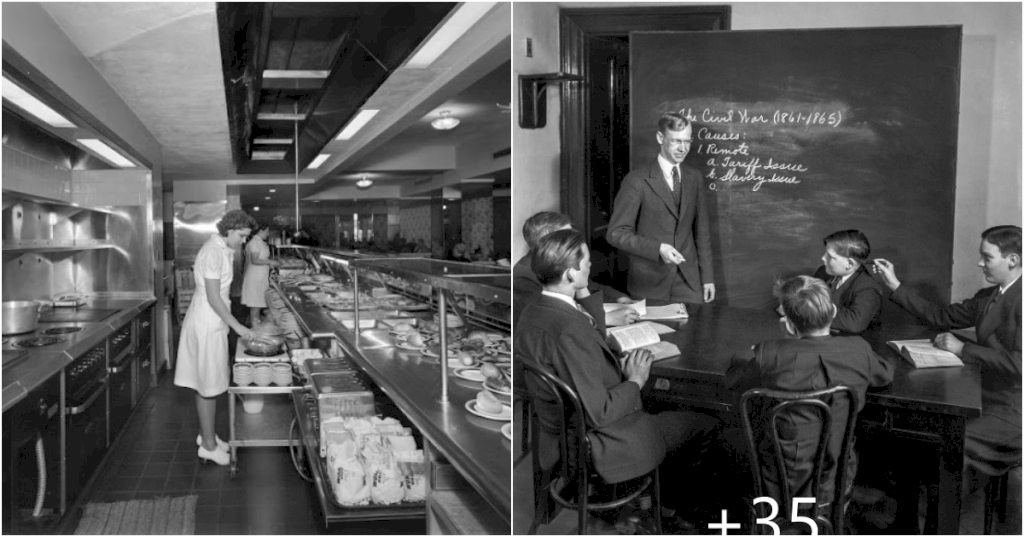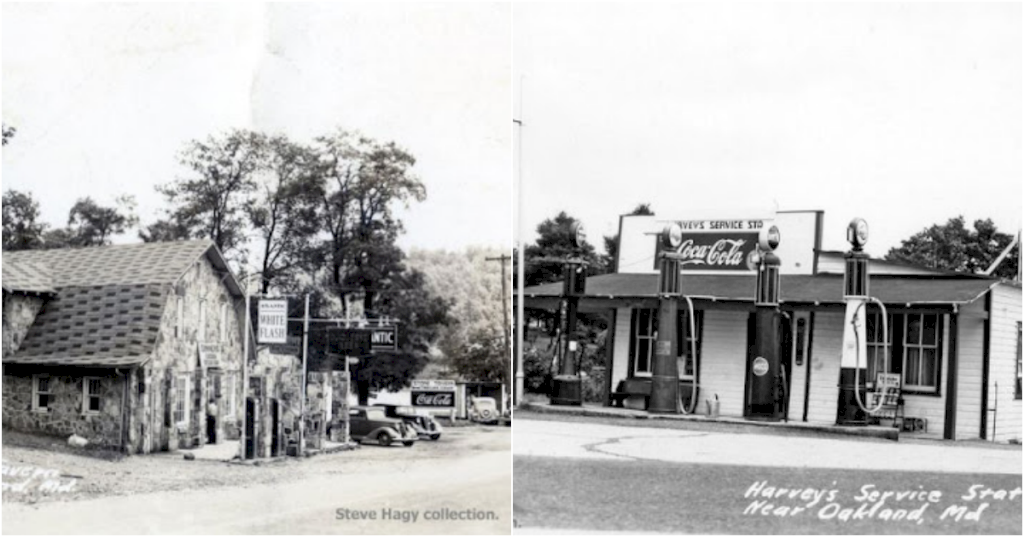A photographic portrait of a couple serves as a public affirmation of their love and partnership. It conveys a clear message to the world: “We love each other. We care deeply for one another. We take pride in who we are together.”
In the late 19th and early 20th centuries, a time often associated with repression, many gay and lesbian couples boldly celebrated their love through studio portraits.
Despite the prevailing notion that same-sex relationships were shrouded in secrecy, as famously described by Oscar Wilde in his poem “Two Loves” as “the love that dare not speak its name,” gay and lesbian couples often chose to express their affection openly.
In fact, numerous same-sex couples lived together openly throughout their lives. This was notably more feasible for women, as societal norms permitted women to live together if they were not married, often referred to euphemistically as “female companions.”
For men, opportunities for meeting like-minded individuals were more discreet, with places such as gentlemen’s clubs, bathhouses, pick-up spots at parks, certain squares, etc.
The world of theater and circuses also held a well-known history of homosexual activity, dating back to a time when male prostitutes plied their trade at theaters.
In the armed forces, particularly in the navy, gay relationships were notorious, perhaps owing to the prevalence of seafarers seeking companionship during their long voyages.
This remarkable collection offers a glimpse into the lives of brave individuals who dared to love openly. It provides a visual history of LGBT relationships spanning from the 1860s to the 1960s.
Mild disclaimer: It’s not always easy to determine if all these photos feature same-sex couples.

Charlotte Cushman and Matilda Hays, 1850s.
The late 19th century in the United States and Europe was characterized by Victorian moral values and rigid gender roles. Heterosexuality was not only the societal norm but was actively promoted as the ideal.
Homosexuality, in contrast, was largely condemned and stigmatized. The term “homosexual” itself did not emerge until the late 19th century, and it was often associated with deviance and mental illness.
Same-sex relationships during this era were often marked by ambiguity. While there were certainly individuals who openly identified as homosexual or engaged in same-sex relationships, many more lived lives of concealment.
The fear of legal repercussions, social ostracism, and moral condemnation led many to suppress their true identities and desires.
Laws against homosexuality were enforced in various ways, from public arrests and trials to institutionalization in mental asylums.
These legal consequences drove many individuals deeper into the closet, making secrecy a necessary aspect of their relationships.
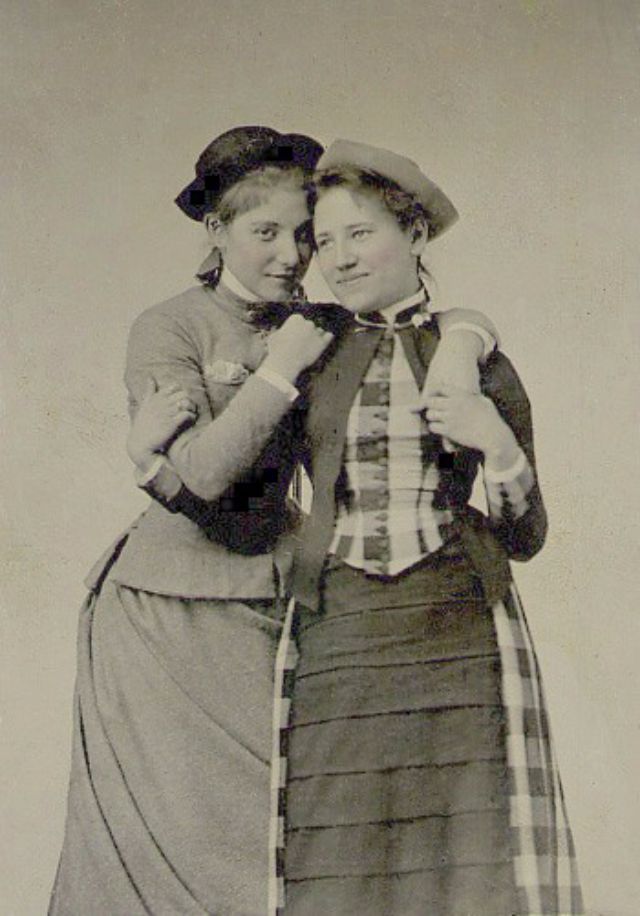
Kitty Ely class of 1887 (left) and Helen Emory class of 1889, Mount Holyoke students.
To communicate their love discreetly, individuals often resorted to subtle codes and signals. These included symbolic clothing choices, secret gatherings, and coded language.
For example, wearing specific colors or flowers might signify one’s sexual orientation, allowing individuals to identify potential partners discreetly.
During these decades underground communities began to form. These communities provided a sanctuary where individuals could express their true selves and find like-minded companions.
Secret societies, social clubs, and private parties became spaces where same-sex individuals could forge connections and experience a sense of belonging.

A couple from the 1890s.
Despite the oppressive climate, there were early signs of change.
In Europe, pioneering sexologists like Magnus Hirschfeld and Karl Heinrich Ulrichs began advocating for the rights and recognition of homosexual individuals. The first organizations devoted to LGBTQ+ rights and visibility emerged during this period.
In the United States, the early 20th century saw the beginnings of LGBTQ+ activism.
The Society for Human Rights, founded in 1924 in Chicago by Henry Gerber, was one of the earliest LGBTQ+ rights organizations in the country, although it faced legal suppression.
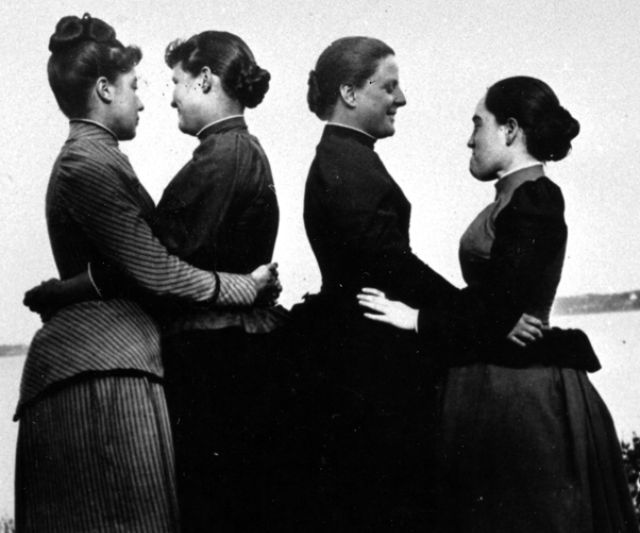
Two couples from the 1890s.

Young couple seated in garden, 1900s.

Anna Moor and Elsie Dale, 1900
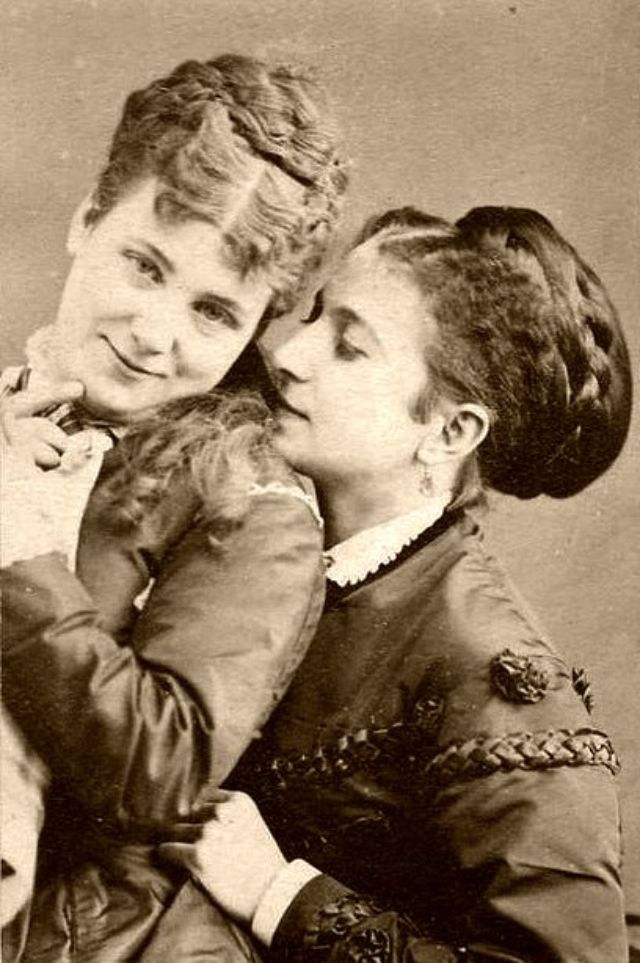
Another couple from the 1900s.

An American couple from the 1910s.

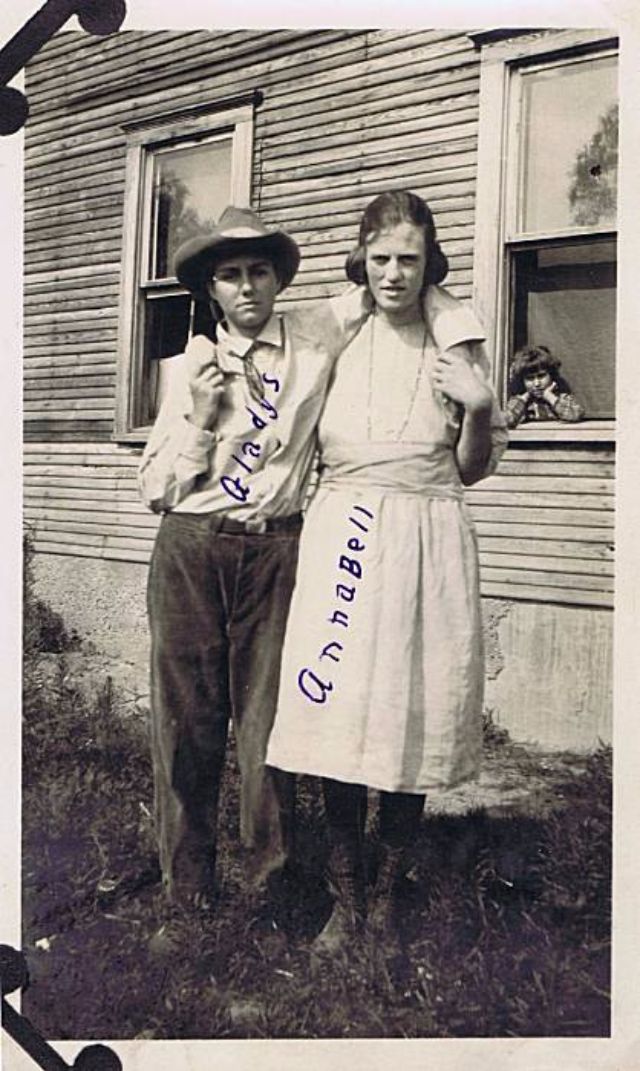
A couple from the 1920s.
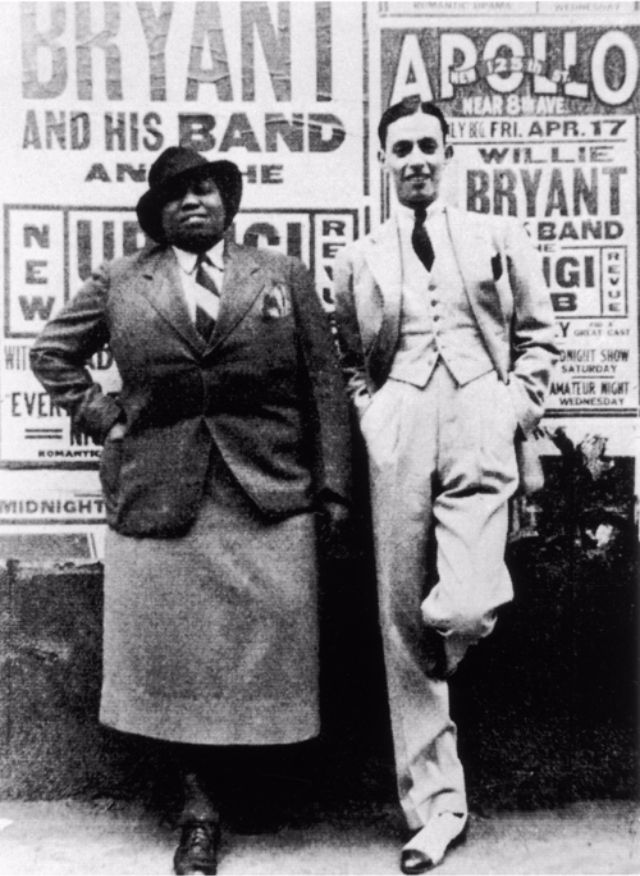
American blues singer Gladys Bentley (1907 – 1960) poses with bandleader Willie Bryant (1908 – 1964) outside the Apollo Theater where posters advertise a performance by Bryant & his band, New York, New York, April 17, 1936. (Photo by Frank Driggs Collection).
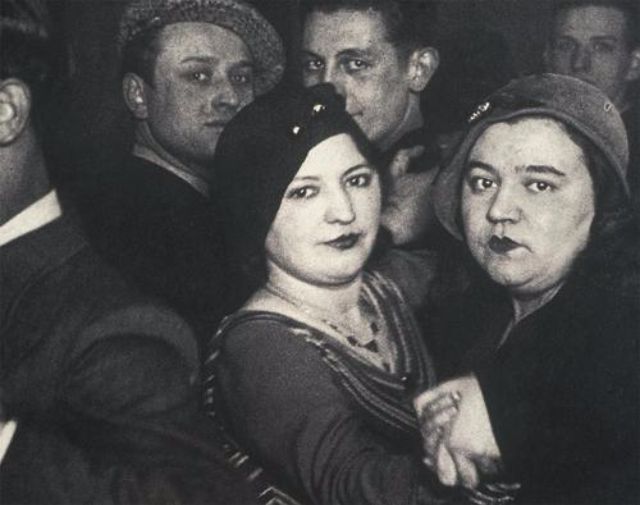
1930s Paris, photographed by Brassai. The photographs were part of a series for his 1933 book “Paris By Night,” which focused on working-class dance halls known as bals-musettes.
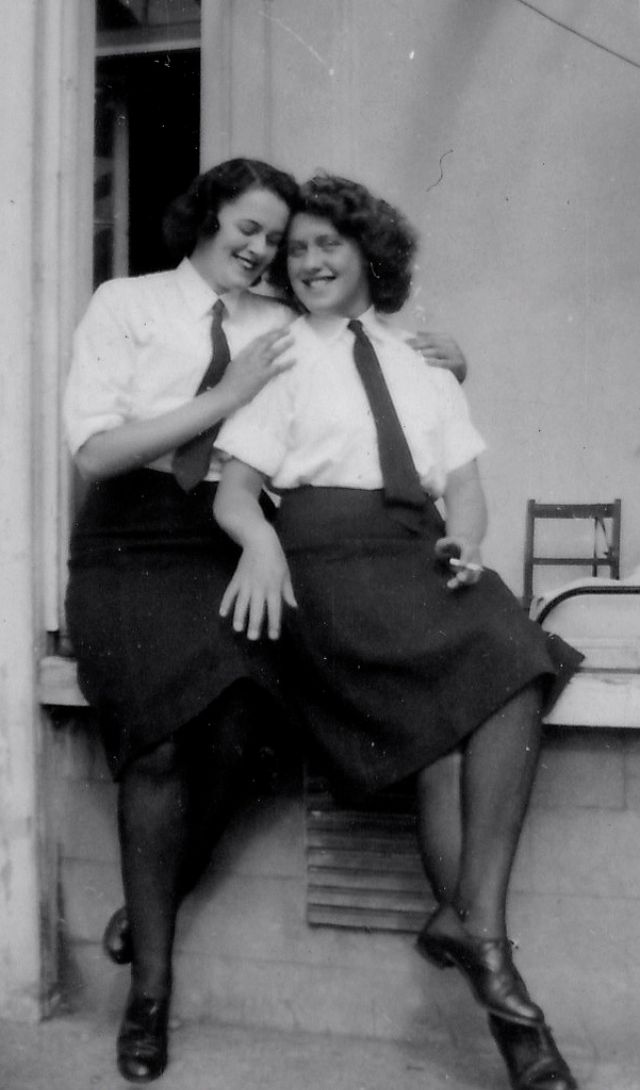
A couple from the 1940s.
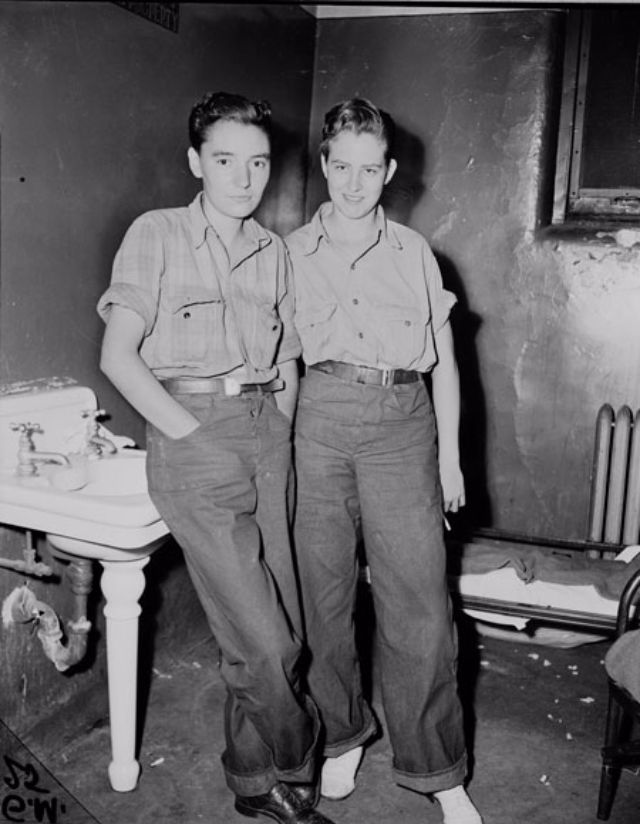
“Evelyn “Jackie” Bross (left) and Catherine Barscz (right) at the Racine Avenue Police Station, Chicago, June 5, 1943. They had been arrested for violating the cross-dressing ordinance.
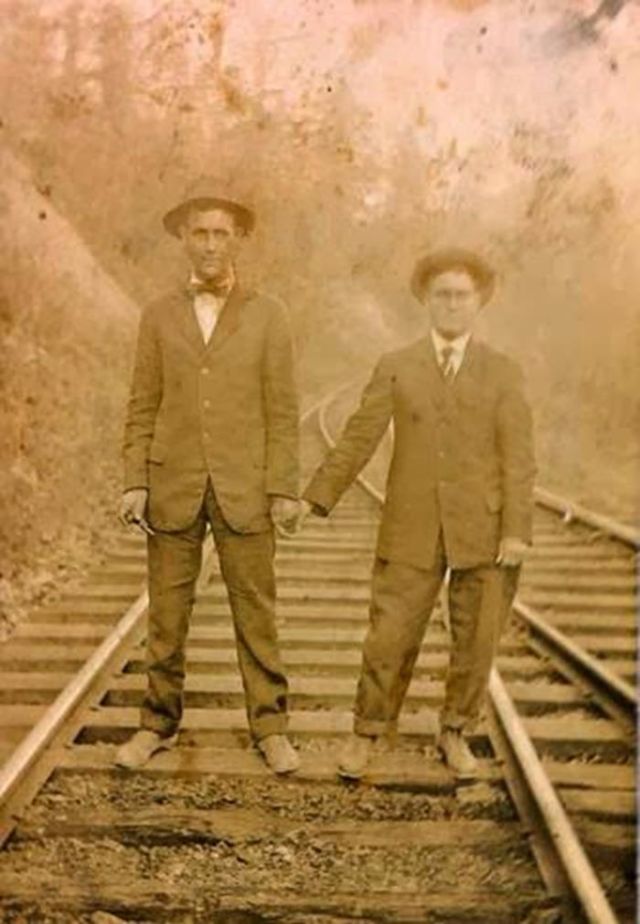
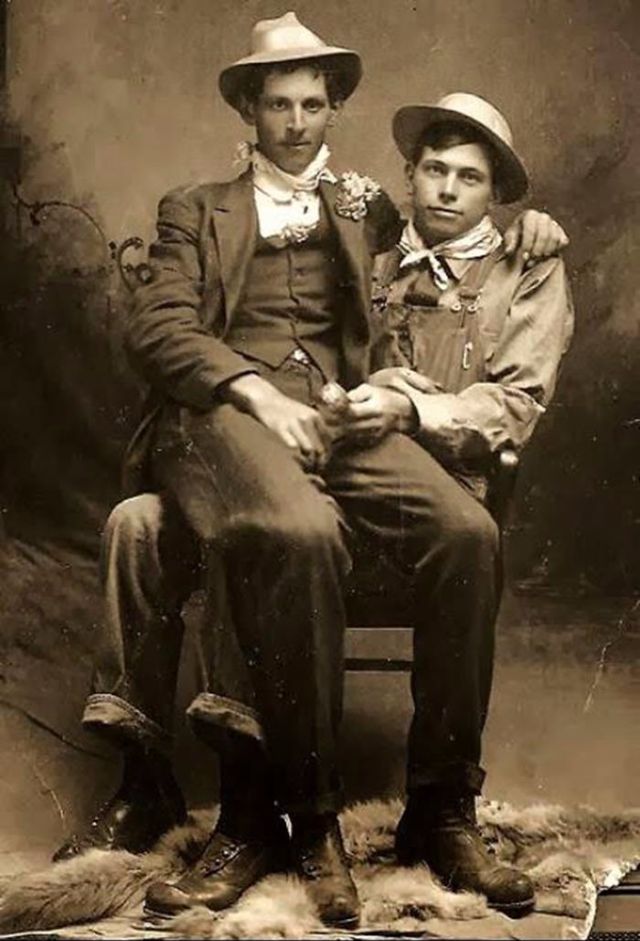

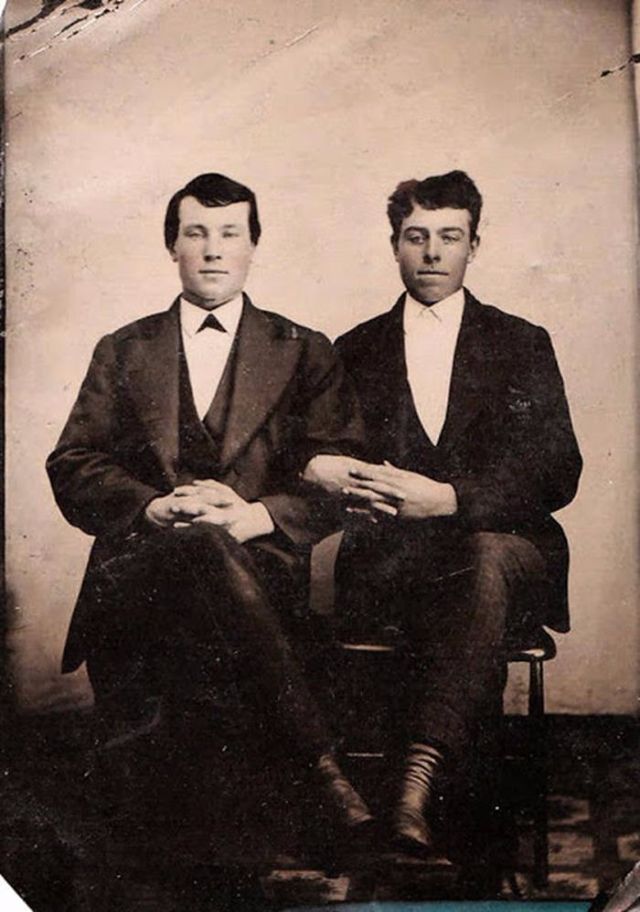
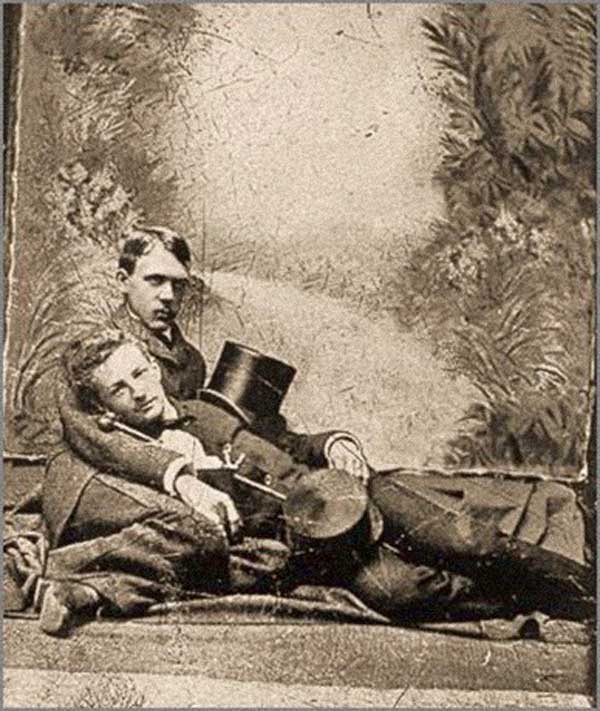
A late 19th century gay couple.

Young men in the 1880s.
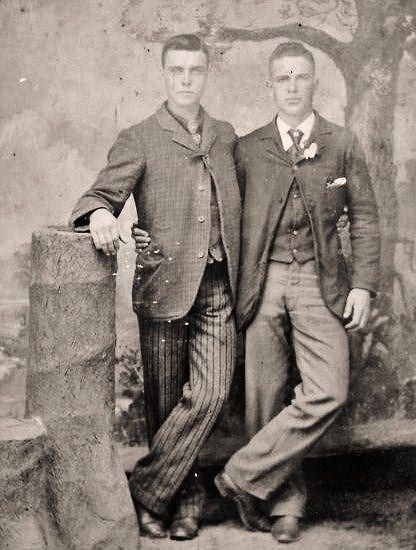
An affectionate pair from the late 19th century.
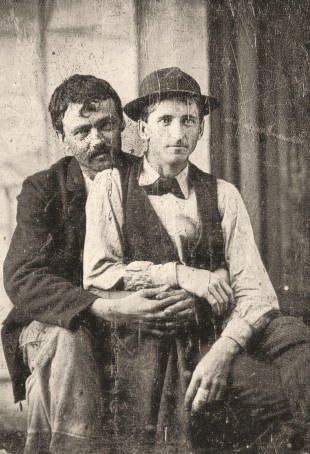
A gay couple, 1878.

Gay couple, ca. 1870s.

Male couple in America, 1875.
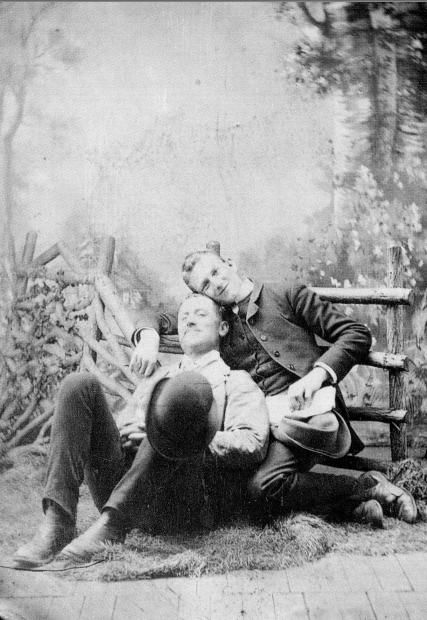
Male couple in America, ca. 1880s.

Oscar Wilde and Lord Alfred Douglas, 1893.
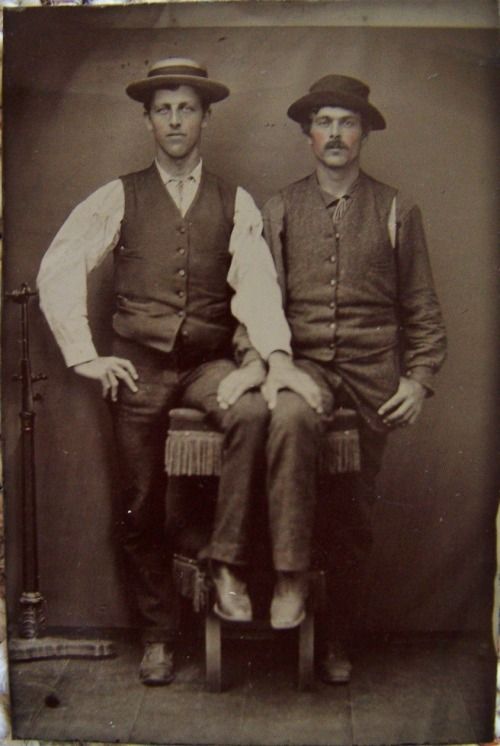
Two men in Victorian Era.
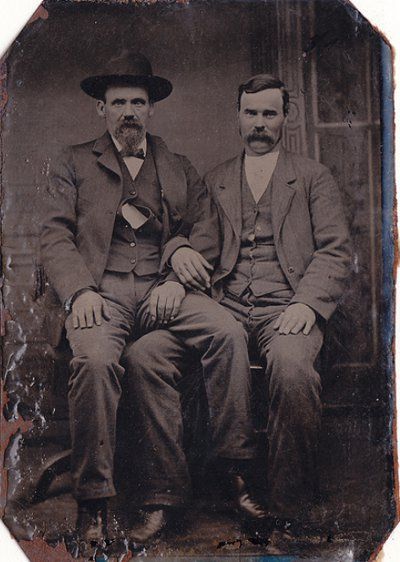
Victorian old lovers.
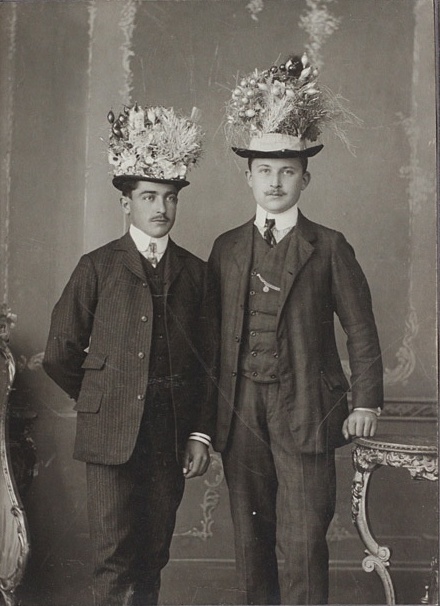
19th-century male lovers with flower hats.

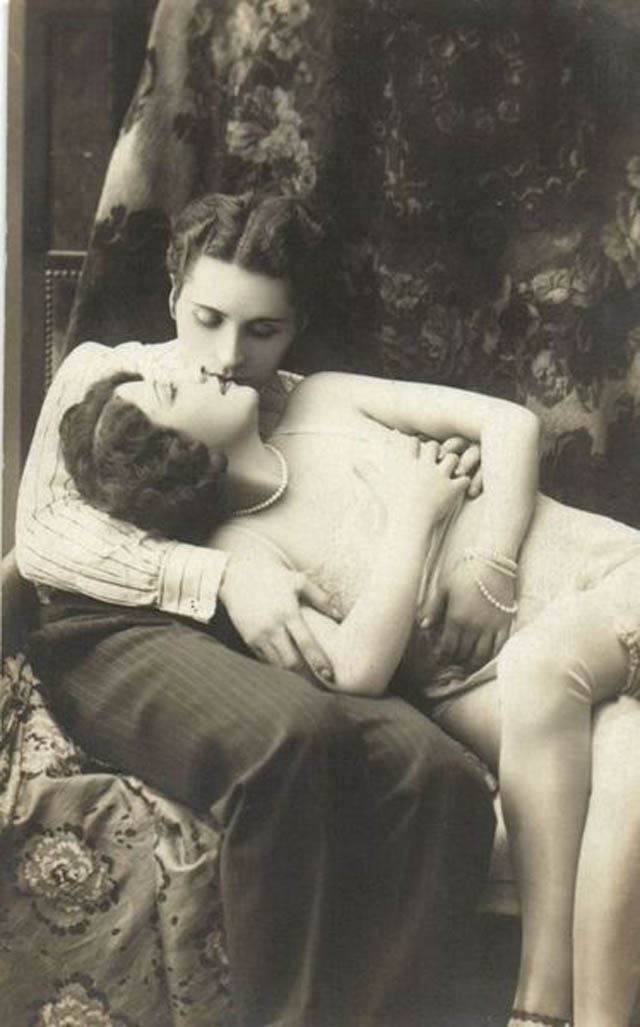
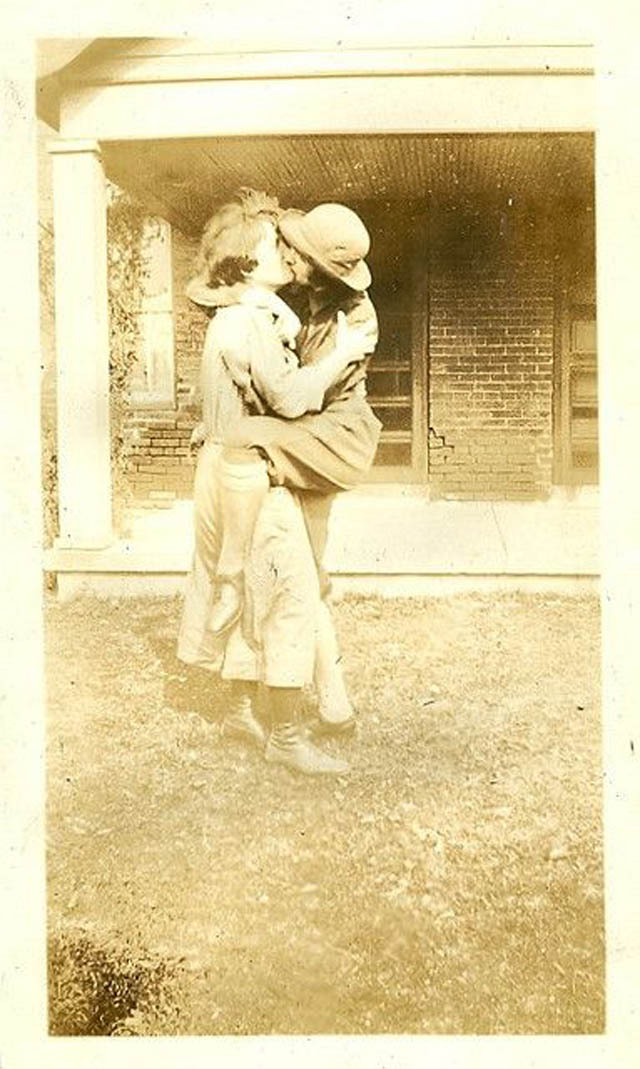
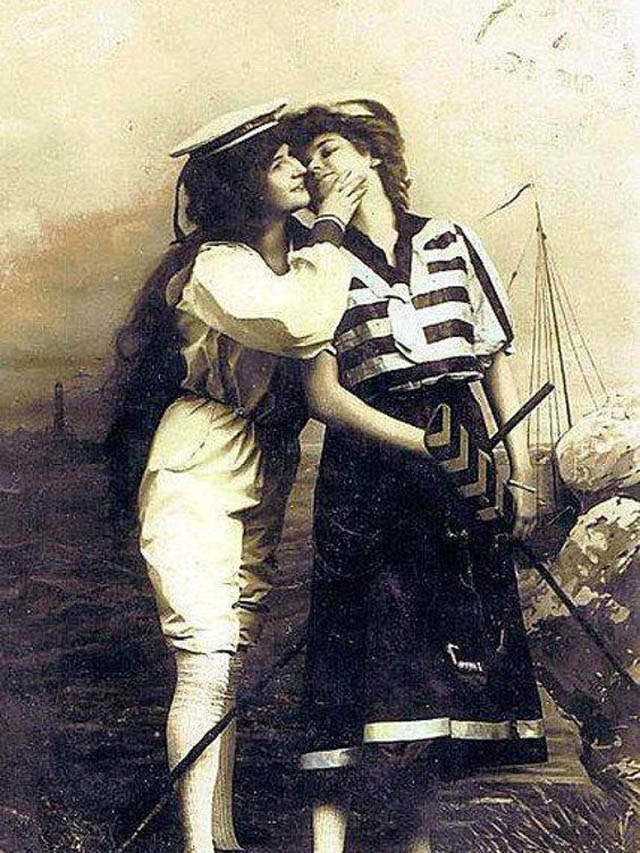
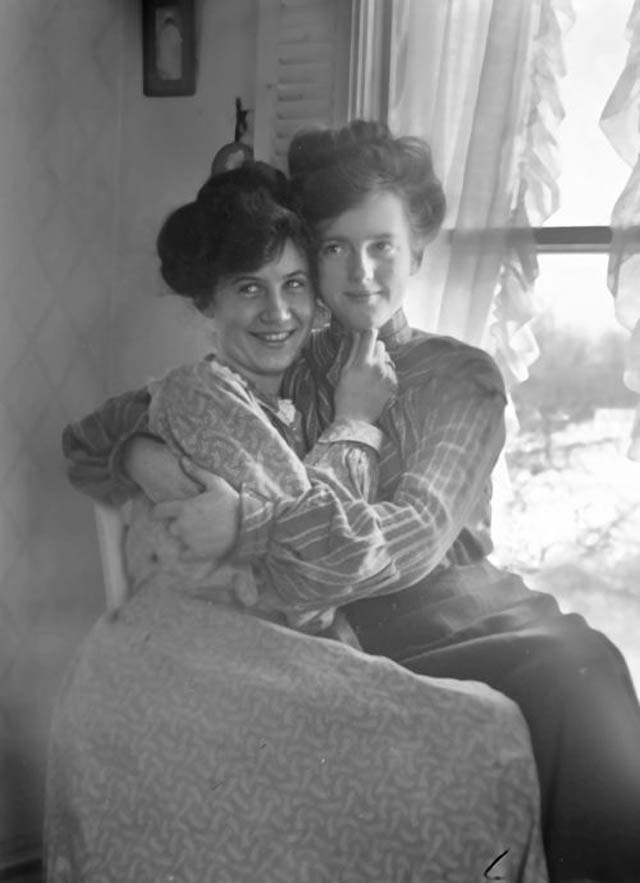
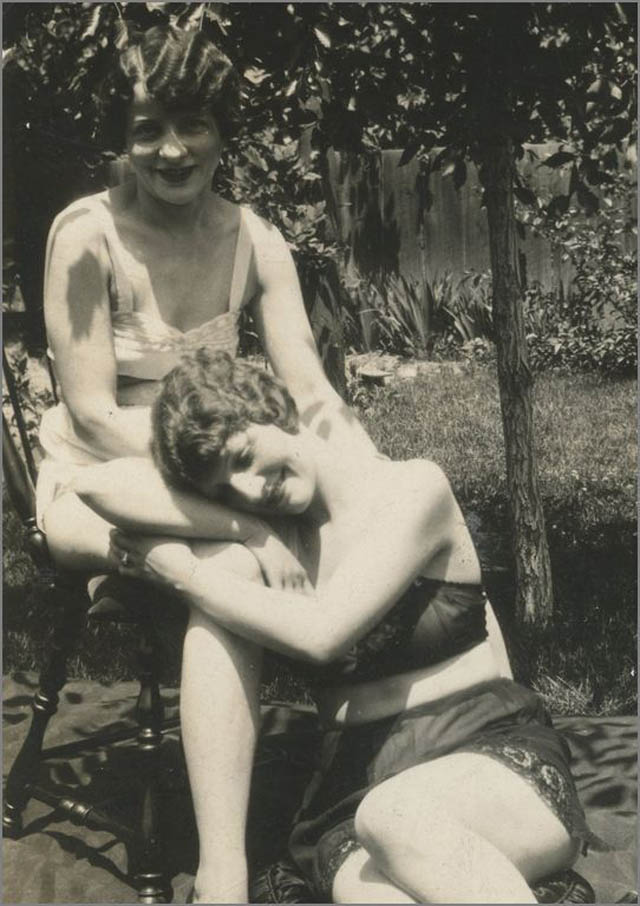
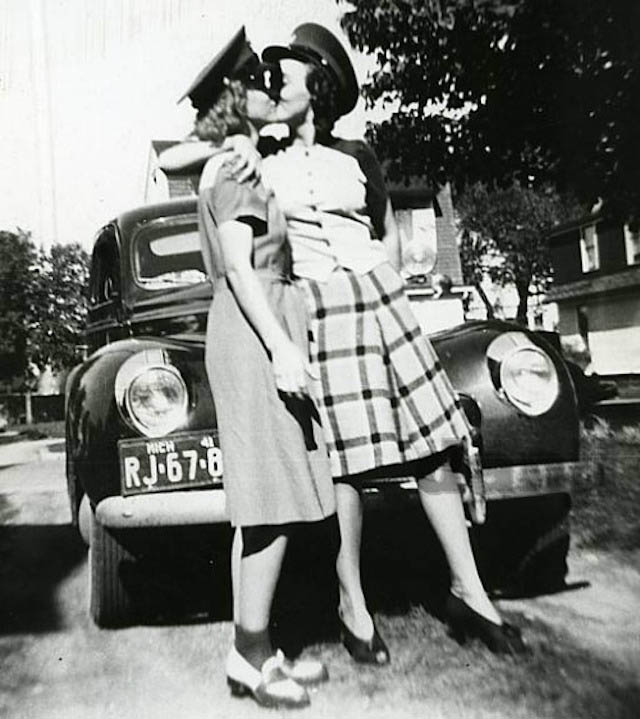
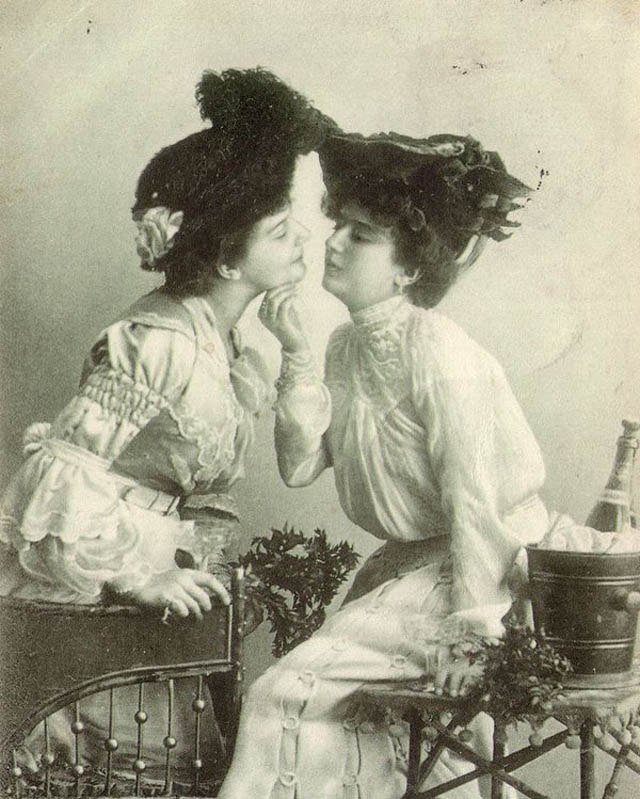
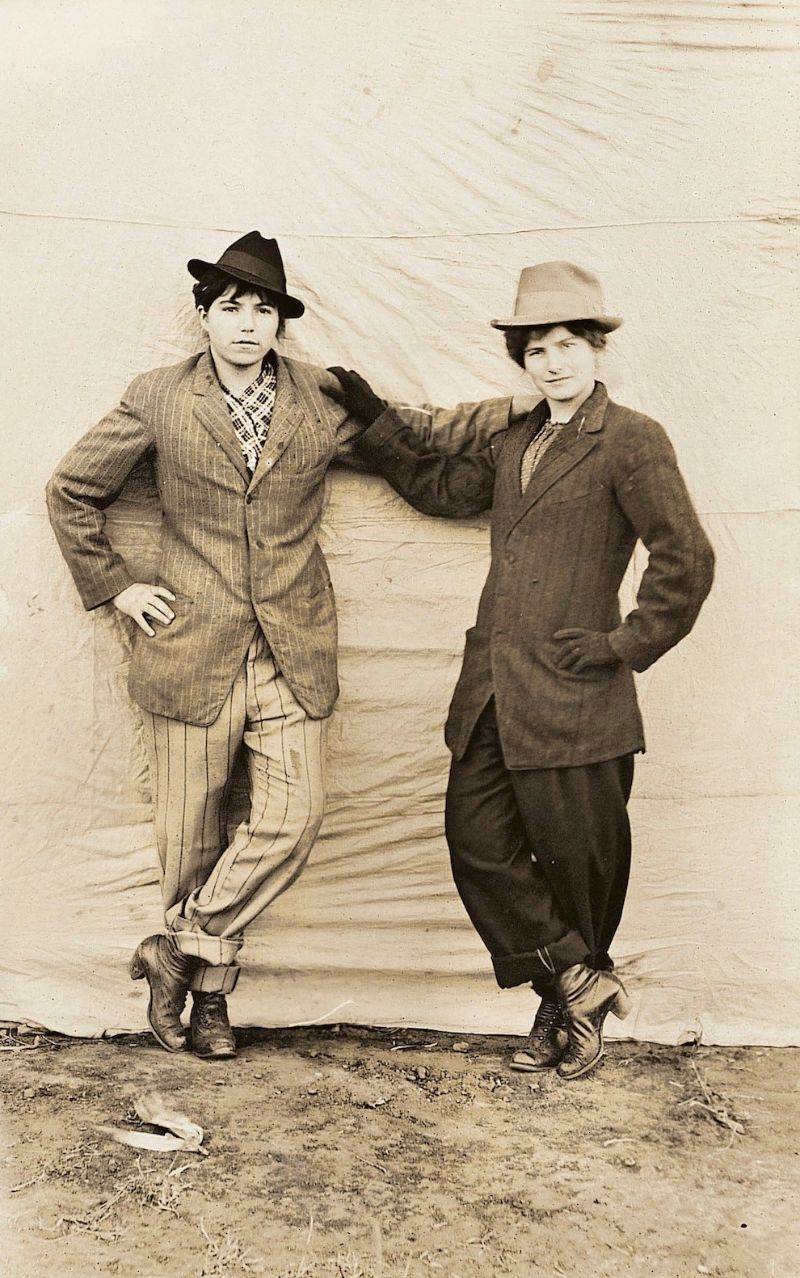
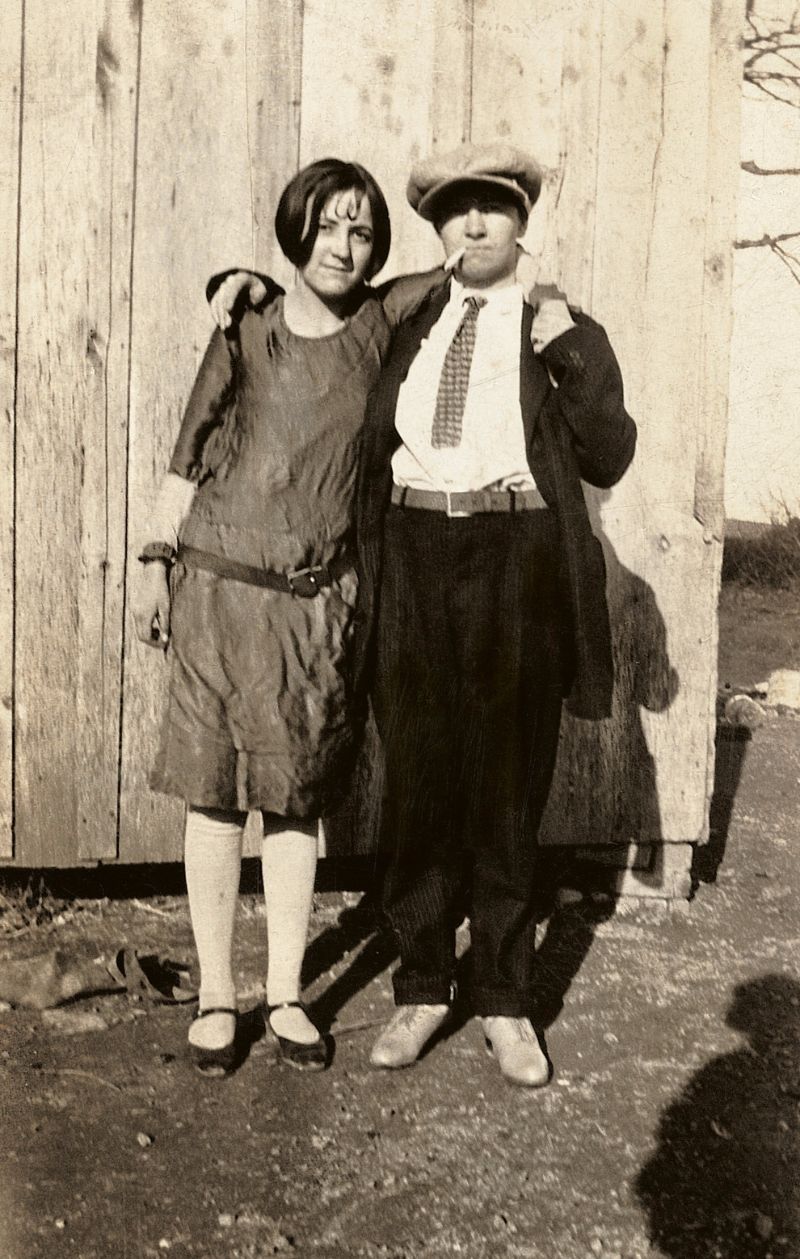

(Photo credit: Pinterest / Flickr / Wikimedia Commons).
